-
Posts
3,517 -
Joined
-
Last visited
-
Days Won
27
Content Type
Profiles
Forums
Blogs
Gallery
Events
Store
Posts posted by bigjarofwasps
-
-
-
-
Has anyone got or seen an example of this medal?
Am trying to ascertain the naming style and whether such a medal would be engraved Constable?
If anyone can share a picture, it would be most appreciated!
0 -
Saw this group on another platform. Thought it was very interesting. It got me thinking whether there are any other groups out there, to officers who have served a considerable amount of time, but didn’t qualify for any medal(s) for whatever reason. This chap had a Defence Medal for his police service (unnamed of course), so without knowing it’s provenance, it would appear that he had no metallic recognition for all those years in the police. In the army it is not uncommon for a soldier not to receive an LSGC, due to disciplinary short failings, but has anyone come across an example of a police officer completing his service (or a vast amount of it) but not getting him be for whatever reason? I would assume that any conduct deemed inappropriate enough to discount an LSGC in all likelihood would normally lead to dismissal from the force, but there’s must be exceptions?
0 -
Thought this might be of interest?
It was taken outside North Wales Police Headquarters in Colwyn Bay. The six officers are those from the force that deployed to Rhodesia in 1980.
I believe their names to be
Meurig JONES 168 (4th from left)
Ken DAVIES 721
Brian ADAMS 122
Cliff JONES
Maldwyn JONES (1st on the left)
Maldwyn ROBERTS
0 -
Thanks Dave, that is really interesting!
I have also discovered that his collar number was 70. He’s listed on the 1957 Kent Constabulary centenary roll.
0 -
Theodore Sydney DEARDEN Kent Constabulary.
Born 14th February 1903.
Joined Kent Police 1932 as PC.
DC (aide) circa 1936.
DC (passed course) 8th April 1937.
Promoted to T/DS 1st January 1942.
Entitled to WW2 Defence Medal and Police LSGC.
(Was an accomplished artist)
Died 1969 Kent.
Saturday 13 May 1933
Folkestone, Hythe, Sandgate & Cheriton Herald
CROWDED GARAGES PROBLEM
... causing an obstruction in Copthall Gardens, at the Folkestone Police Court on Tuesday. Defendant did not appear. Police Constable Dearden said at 9.25 p.m. on April 20th he saw defendant's car parked in Copthall Gardens. There was a car park there, but notices ...
Saturday 16 December 1933
Folkestone, Hythe, Sandgate & Cheriton Herald
NEWS IN BRIEF
... Greenfield Road, Frederick Nelson Sheeriu was fined 2s. dd. at the Folkestone Police Court on Tuesday morning. Police Constable Dearden said the path was about four feet wide. There had been some complaints about cyclists riding along the path. The defendant ...
17th November 1936 Commendation from the Town Council of Folkstone
DS Johnson & DC Dearden for their zeal and effiency which resulted in the arrest of two men and a woman on charges of larceny.
20th April 1937 Commendation from the Town Council of Folkstone
Congratulations to DC Theodore Sydney Dearden on the result of his examination at the recent C.I.D course of training at the Police College, Hendon.
Saturday 22 January 1938
Daily Herald
London, England
In Evening Dress
... world?—l did not. I suggest you were quite incapable and she had practically to hold you up?— That not true. Detective-Constable Dearden said that midnight they joined hands, danced In the middle of the room and sang Auld Lang Syne. Mr. Bunce: Did you ...
Saturday 22 January 1938
Daily Mirror
KISSES FOR POLICE AT CLUB PARTY
... Licensing Acts during a birthday party at Lister's Club, Sandgate, near Folkestone. Police-Constable Hall and Detective-Constable Dearden went to the club in evening clothes under instructions to act as though they were out to enjoy themselves. According ...
Saturday 14 January 1939
Folkestone, Hythe, Sandgate & Cheriton Herald
1939 will be brighter thanks to SUNLIGHT SOAP NOW only
... Miss M. datidaddat has been trebled, and a tinual progress for the Tall-Wagger. Bayley and the Misses Jane and 'let. Constable Dearden said at 2 large is beteg sent to New Club. One day recently 210 enrolments Martha Barnes, recitations given by p.m. the ...
Saturday 15 April 1939
Folkestone, Hythe, Sandgate & Cheriton Herald
SAW DEFENDANT
... two tulips and three iris left. A PRESENT The flowers were a present and he estimated their value at about 10s. Det.-Constable Dearden said on April 2a4 he saw defendant at his home. He told him he was making enquiries respecting the theft of a number ...
Saturday 20th May 1939
Folkestone, Hythe, Sandgate & Cheriton Herald
IN POLICE COURT
... IN POLICE COURT Det. Constable Dearden said at 12.30 p.m. the previous day he saw the defendant in the police court and asked him if he had seen any penknives. He fully described to him the portico. lan of the knives and informed Barton that a number ...
Saturday 20th May 1939
Folkestone, Hythe, Sandgate & Cheriton Herald
NO USE
... use at all and said he wanted to raise a fiver. A few minutes later the police arrived in response to a message. Del-Constable Dearden Rave evidence of arrest, and when the vases were shown to Knight at the police station he replied, I have never seen ...
Saturday 14 October 1939
Folkestone, Hythe, Sandgate & Cheriton Herald
lard Expert Gies El 'deuce
... submitted that there was a very real element of doubt in the case. After retiring the jury found defendant guilty. Del-Constable Dearden. who stated that Bowen first came under the notice of the police when he was 11 years of age, gave details of several ...
Saturday 30 March 1940
Folkestone, Hythe, Sandgate & Cheriton Herald
REMANDED ON SERIOUS CHARGE
... remanded in custody for a week on a serious charge concerning • nine years old girl between March 111th and 23rd. Det.-Constable Dearden said he saw defendant at a house in Somerset Road and told him who he was and the nature of an allegation. Owens replied ...
Saturday 18 May 1940
Folkestone, Hythe, Sandgate & Cheriton Herald
Al THE HARBOUR
... Al THE HARBOUR Det.-Constable Dearden said at 1120 a.m. on Friday week he saw defendant at the harbour. He was then wearing a Jacket and can and a pair of navy blue trousers. He was also carrying a regulation kit bag and a oalr of binoculars. He asked ...
Saturday 05 September 1942
Folkestone, Hythe, Sandgate & Cheriton Herald
GAVE POLICE MUCH TROUBLE • ----:o:---- Boy's Vivid ;magination
... would . . give him a hiding' The boy gave her a false address, so took him to a pollee box and reported the matter. Det Constable Dearden said he saw the boy at his home on August 15th and told him he was making enquiries about ill, papers The boy made a ...
Saturday 23 January 1943
Folkestone, Hythe, Sandgate & Cheriton Herald
Back To Alleged Cheque Frauds By Woman Three Soldiers AMR Money Obtained From Traders Trial AWOMAN'S cheque ..
... Meridiem Women's Association on October 17th. 1539. Miss C. K. Coleman was named as the Treasurer. 'EXTREMELY SORRY Del-Constable Dearden said on January 12th he saw defendant who admitted the offence. Defendant said that she was estsisnely sorry. She would ...
18th December 1943 Assistant Chief Contable's Office.
Dear Dearen,
Upon calling on you this morning, I learned that yu were down with influenza. This said that good news is a good tonic so when I tell you that you are a T/Sergeant from 1-1-1942. It may do soemthing to assist in your recovery!
You will be stationed at Headquarters, Maidstone, dealing with C.I.D clerical and stationical matters. I congratulate you (a) upon your promotion & (b) upon being selected for duty at Headquarters.
The Chief Constable is very keen to get a high standard of work there & I a more that pleased to know that there have been selected from Folkstone, the others are Alexander (general office) and Hall (training establishment).
Housing will be a problem but that will be your worry!
The G.O upon promotion will be out on Monday, but I'm informing you tonight so that you can turn down the offer if you so wish it. Silence gives consent so unless I hear to the contrary I shall assume that you are willing to move.
Best wishes upon your career which I shall watch with more that passing interest, yours R.C.J.
Thursday 03 January 1957
Halifax Evening Courier
NEW FAIRY SNOW
... Price. pathologist. said that death followed constant and repeated multiple injuries over a long period. Detective -sergeant Dearden said to-day that, when he asked Mrs. Holdsworth how the boy had received injuries which he had seen at the mortuary. ...
Thursday 20 March 1958
Belfast Telegraph
Make your choice from those firm blonds
... Yes, all right. When charged, Searby made a statement which amounted to an admission of the offence, said Detective Sergeant Dearden. Mr. G. R. Bell, for Searby, asked for legal aid. The Clerk of the Magistrates (Mr. H. G. Murton-Neale—ls he without ...
Thursday 20 March 1958
Liverpool Echo
24 Die As Explosion Wrecks Third Floor Clothing Factory In New York PANIC HITS WORKERS IN ESCAPE DASH Two Drivers
... Yes. all right.' When charged. Searbv made a statement which amounted to l an admission of the offence. said Detective Sergeant Dearden. Mt G R Bell, (for Searby) aa:led fot ieitai aid. The clerk of the magistrates (M . H. G. Murton-Neale): Is he witnout ...
Thursday 20th March 1958
Shields Daily News
Mother reported her son's theft to police A NORTH Shields mother who found her -
... manager and staff and stole £2,274. He was detained at Pembury and taken to Tunbridge Wells police station. Det. Sgt. Theodore Dearden, of Maidstone, said that when told he would be taken to C-anbrook and charged, Searby said, Yes, aR right. When charged ...
Friday 04 July 1958
Halifax Evening Courier
HALIFAX GOLDEN WEDDING
... authority. The case against both wasi adjourned sine die. Stock market TO-DAY'S PRICES EXPELLED FROM PUBLIC SCHOOL Detective Sergeant Dearden said nearby had been expelled from a public school in Kent. where he had been described as idle and unbalanced. At ...
Friday 04 July 1958
Coventry Evening Telegraph Warwickshire, England
ARTIN WHITAKER SEARBY
... of .38 ammunition, a lan of the interior and exterior f the bank. handcuffs and keys, nd a throwing knife. Detective-Sergeant Dearden said earby had been expelled from a üblic school in Kent, where he ad been described as idle and unalanced. Passing ...
Saturday 05 July 1958
Western Mail Glamorgan, Wales
Courageous PA'
... revolver. backed away and said Stop or I will shoot. But. with some courage. the constable disarmed him. Detective-Sergeant Dearden said a scan .a Searby had been expelled from a public sc h ool in Kent. %there lie. had been described as idle and unbalanced ...
Saturday 05 July 1958
Eastbourne Herald
YOUTH WHO ROBBED . BANK GAOLED FOR FIVE YEARS
... a plan of the interior and exterior of the bank, handcutfs and keys, throwing knife and adhesive plaster. Detective Sergeant Dearden said that Searby had been expelled from a public school in Kent where he was described as idle and unbalanced. At another ...1 -
Several of these recently appeared on EBay.
I picked this one up as I thought it might be possible to identify the North Wales Police Bobbies.
1- RG OWEN Gwynedd
2- RJ JONES Flint
3- G HUGHES Flint
4- B MILLINGTON Flint
5- K JONES Denbigh
6- GO JONES FlintR G Owen is retired Insp Bob Owen ( force number was 180) served at Dolgellau for many years lives in Caernarfon. Both his brothers were also in the Force.
Billy Millington as the Training Sergeant in C Division and then as the Hawarden Inspector. He was also an Inspector in Bridgend Training Centre in November 1971. A recruit recalls, he got me soaked playing a flighty drunk and gave me a good run around in the rain. On retirement from Police he taught at Hawarden High School for a few years.
0 -
Saw this on another site…
The quote below is from the government announcement on the Jubilee Medal
The government is developing plans to mark the contribution of key workers, including NHS workers, to the fight against the Covid-19 pandemic and will announce further plans in due course.
For those eligible, there is no application process - eligible staff will be automatically notified via their employer.
Does this suggest there is going to be a Covid Medal after all?
Or is it referring to this?
https://www.google.com/amp/s/www.bbc.co.uk/news/uk-england-birmingham-58690666.amp
But if so, only staff with 5 years service will qualify, unless that’s going to change?0 -
Saw this on another site…
The quote below is from the government announcement on the Jubilee Medal
The government is developing plans to mark the contribution of key workers, including NHS workers, to the fight against the Covid-19 pandemic and will announce further plans in due course.
For those eligible, there is no application process - eligible staff will be automatically notified via their employer.
Does this suggest there is going to be a Covid Medal after all?
Or is it referring to this?
https://www.google.com/amp/s/www.bbc.co.uk/news/uk-england-birmingham-58690666.amp
But if so, only staff with 5 years service will qualify, unless that’s going to change?0 -
-
-
Great to sit and ponder this sort of thing, isn’t it. If only we could speak to him and the other area Bobbies, what tales they could no doubt tell!
Just with regards identifying which station the collar number 944 would have been assigned to. I don’t think it’s as simple as all that. There was an officer 944 stationed at Bishops Gate in November 1884.
0 -
-
20 hours ago, Alan Baird said:
If at the height of the 'Sidney Street Siege' they had approximately 750 Police Officers in attendance from the Metropolitan and City of London Constabularies, then they must have pulled in every man available and probably some that were even off duty in the Section Houses etc. The reinforcements must have come originally from the nearest divisions to Whitechapel and worked there way outwards.
It would be interesting to know the official establishments levels for Whitechapel or 'H' division and the City of London Police were in 1911.
Comparing the medals rolls for 1887, 1897 & 1902 (1911 don’t exist). H Division had around just under 500 Constables on each occasion.
So working on 500, obviously not all of those could have been deployed as some would have been on duty elsewhere on the division or on nights. G Divisions section house was in fact on H Division, so some would more than likely have been summoned from there. The City & K Division clearly sent some, as I assume J Division would have as well.
0 -
Stumbled across this, I strongly suspect this to be PHIPPS, given the location and date.
THE POLICE COURTS
... years of age, was summoned for riding his bicycle to the common danger of the public in Bishopsgate Street Within. Police Constable 882 said on the morning of Sunday, Oct. 10, he was at the corner of Leadenhall and Bishopsgate Street, and saw the defendant ...
Published: Wednesday 05 November 1890
Newspaper: Daily News (London)0 -
-
1 hour ago, Alan Baird said:
Found a couple of examples of his book ''Lost London by an East End Detective.' [£145 and £125, depends on condition] and Sidney Street is one of the sections mentioned. I would still like to read the story but it is still a bit too expensive for me.
Alan,
99p on Amazon (Kindle)
I agree his Thompson/Cole’s connection was always a bit dubious. I seem to recall that he claimed to have seen the man from Swallow Gardens years later on a train in Australia, something along those lines anyway.
Wasn’t he wounded at Sidney Street and that’s why he left the police?
CHAPTER IV
" JACK THE RIPPER "
ON a bitter night during the winter of 1890-91, I was patrolling the beat to which I had been transferred in the neighbourhood of the Mint. There was not a soul to be seen, when the stillness was suddenly disturbed by the shrill of a police whistle. Police whistles were often blown improperly, but I felt certain that this was a regulation blast, and, after I had made sure of the direction, I made off at top speed.
The call brought me to a place called Swallow Gardens, which is actually a railway arch running from Royal Mint Street to Chamber Street, Whitechapel, and though in the dim past there may have been gardens in the vicinity, there has certainly been nothing of the sort within living memory to justify the name of the place.
The call for assistance came from P.C. Thompson, 240, " H " division, whom I knew well on account of our serving part of our time together as recruits on the drill ground. When I reached the spot I found Thompson there with two night watchmen, one a plain-clothes policeman who had been patrolling the district.
About midway in the arch lay a woman with her head nearly severed from her body. She was still alive, but so large was the wound in her throat that articulation was impossible.
" What's up? " I asked.
" Murder," said my colleague in a hoarse voice, adding in a whisper, " A Jack the Ripper 'job."
Like myself poor Thompson was inexperienced, and had come across the body whilst working his beat. As we stood there wondering momentarily what was best to be done, I little thought that my pal was soon to be the victim of a similar tragedy; but so it was, for shortly afterwards Thompson was stabbed to death by a man named Abrahams in a coffee-stall brawl.
"Another ' Jack the Ripper ' murder ! " Only those who were living at the time and who were old enough to appreciate it can imagine what that meant. When that dread news was flashed round, not merely all London, but all England, was terrified.
The form lying in the roadway was that of a young woman. Her clothing was disarranged, and there could be no doubt that she had been brutally murdered. Apart from the fearful wound in the throat there were other terrible injuries about the lower part of the trunk. In the gutter by her side lay a little crepe hat.
The amazing part of it all was that, although this ferocious attack could not have taken place more than a few seconds earlier, Thompson had neither heard nor seen anything of the woman's assailant. The archway was empty. The constable was wearing rubber heels that night and had approached the spot absolutely noiselessly, yet the murderer had apparently vanished into thin air. Small wonder that there were many people living in the East End at that time who were quite prepared to believe that the " Ripper " crimes were not the work of any human agency.
In answer to our whistles other and more experienced officers were soon on the scene, and indeed I was not sorry. This was my first acquaintance with anything in the nature of violent death, and I'd had enough for one night.
The poor mutilated body was taken to the station, and soon Dr. Phillips, the police surgeon, was examining another fearful example of the work of the man whom the police could not catch, for the revolting nature of the woman's injuries left no doubt as to the author of the crime.
The hunt for the murderer began at once, and I was only one of the hundreds of police and civilians who took part in the search.
Small parties of men were organised, and night after night they scoured alleys, archways and passages in which the assassin might lurk.
On the night of the murder every house in the district was searched. If, as it was assumed, the murderer had been disturbed at his ghoulish work by the arrival of P.C. Thompson, it seemed that the only possible way in which he could have escaped was to have taken refuge in one of the houses quite close to the scene of the crime. But the search yielded no result.
As a further precaution, a cordon of police was drawn round the docks. Boats were not allowed to leave till every member of the crew had been examined and had satisfied the authorities as to their innocence.
It should be added that the railway arch in which the body was found ran under the Great Eastern goods yard and extended for fifty yards into Royal Mint Street, coming out just opposite the Royal Mint refinery, and here a policeman was on duty all night. But he, too, had neither seen nor heard anything unusual until the blowing of the police whistle. It was uncanny.
The victim was soon identified as Frances Coles, of Thrawl Street, Spitalfields, a district incidentally in which several of the other " Ripper " crimes had taken place, and where the victims lived.
Frances was young and pretty, and the deputy at the house at which she lodged spoke very highly of her, describing her as a young woman of a superior type. There was no doubt, however, that she had recently taken to leading an immoral life in the East End.
We got what was thought to be a good clue, one, in fact, which for a long time looked as though it would lead to the solution of the biggest problem with which the Whitechapel police had ever been faced.
This was an old black hat which was found pinned underneath the shawl which the woman was wearing. She had apparently just bought the hat which we found lying in the roadway, and had pinned the old one to her dress after having made the purchase.
The Spitalfields district was combed for the seller of the hat, and the search was successful, for not only was the little shop found, but what appeared to be very important information about the buyer was also obtained.
The story told by the woman shopkeeper was that Frances had bought the hat the previous afternoon for five shillings. Earlier in the day she had tried to get the hat by paying a small sum down, but being unsuccessful had gone away, to come back later with the full amount, saying she had found a friend who was willing to lend her the money.
More than this, the milliner had noticed a man loitering about outside whilst Frances was in the shop, but as he had kept his head averted, she was only able to say that he was middle-aged, thick-set, and fairly well dressed. After buying the hat, Frances had remarked that the old one might come in useful, and thereupon had pinned it carefully to her dress under her shawl. On leaving the shop, she was joined by the middle-aged man some distance down the street.
Needless to say, the police were most anxious to make the acquaintance of this man, and a strange sequence of events led to his discovery and arrest.
Earlier on the night of the tragedy, a man was found to have called at Frances Coles' lodgings, and to have asked for her. His hand was bleeding badly, which he explained by saying that some roughs had knocked him clown, and had stolen all his money. He stayed with Frances for an hour, and was heard to leave at 1 a.m. Half an hour later, Frances went out on the errand from which she never returned. Far more significant was the discovery that the man returned again to the woman's lodgings at 3 a.m. He was then excited and covered with blood.
" I've been knocked down and robbed in Ratcliffe Highway," he told the deputy of the lodging house, and when asked how that could be, considering he was supposed to have lost all his money in the assault the previous night, he said: " They thought they were going to get something, but they were mistaken."
The man wanted lodgings, but on account of his appearance he was refused, and advised to go to the London Hospital. At the hospital the police found that a man had called there in the early hours of the morning, complaining of an injury to his ribs, but the only injury the doctor could find was a cut over the right eye, which must have bled very freely indeed to account for the saturated condition of his clothing. The man had been treated, and left after an hour. The hospital people gave it as their opinion that lie was a seafaring man.
There was tremendous excitement now among the police engaged on the case, as it really looked as though they were hot on the trail of the Terror. Next day the excitement spread to the people outside, and big crowds assembled in front of Leman Street Station waiting for the news that " Jack the Ripper " had been laid by the heels at last.
An arrest was made that night. Acting on the strength
of a valuable clue they had picked up at the docks, two detectives walked into a Whitechapel public house, and after questioning a short, well-built man, took him to the police station.
Whitechapel went mad that day. The news of the arrest spread like wildfire and everyone seemed to take it for granted that the " Ripper " was safely under lock and key. Tremendous difficulty was experienced when the man was brought up in court. Outside, the crowd was demanding his blood, and I am perfectly certain he would have been lynched if the mob had succeeded in getting hold of him.
Things certainly looked black against the prisoner. A married man with five children, but living apart from his wife. He vigorously protested his innocence from the first, and when the police came to investigate his story they found that the evidence against him was far front being as conclusive as it had appeared at first.
The man did not deny that he had met Frances Coles. He admitted buying her the hat, but he stoutly maintained that he had not seen her again after leaving her lodgings at twenty minutes to one on the fatal evening.
It was the most improbable part of his story that saved him. It was established beyond all doubt that he had been twice attacked that night, and the wide gaps in the chain of evidence were such that there was nothing for it but to discharge him.
After this a story circulated that the " Ripper " was a butcher, who wore blue overalls and a leather apron, and an English Jew named Jacobs, a perfectly harmless man, somehow attracted suspicion to himself. Possibly because, working in a slaughter-house, lie always wore a leather apron.
People would point Jacobs out in the street as the suspected man, and more than once he had to run for it. I myself was often obliged to take him into the police station for protection. The thing so preyed on the poor fellow's mind that it finally caused him to lose his reason.
I am afraid I cannot throw any light on the problem of the " Ripper's " identity, but one thing I do know, and that is that amongst the police who were most concerned in the case there was a general feeling that a certain doctor, known to nee, could have thrown quite a lot of light on the subject. This particular doctor was never far away when the crimes were committed, and it is certain that the injuries inflicted on the victims could only have been done by one skilled in the use of the knife.
Many stories and theories have been put forward, but, with one exception, I doubt if any one of them had the slightest foundation in fact. The exception to which I refer was that of George Klosowski, alias Chapman, the South London wife murderer.
About the period of the " Ripper " murders Chapman lived in Whitechapel, where he carried on a hairdresser's business in a sort of " dive " under a public-house at the corner of George Yard, that notorious locality to which I have referred in previous chapters.
I have no data to assist me, but I remember that there were-in addition to the one I have been dealing with-a dozen murders attributed to " Jack the Ripper " during the years 1888 and 1890, and so far as I can ascertain Chapman was in London for nearly the whole of that period. He left before the end of 1890 and went to America, where it is believed he was responsible for several murders. As far as my information goes, he had not returned to England in 1891, the year in which Frances Coles met her death.
There was, moreover, a complete difference in the methods employed by the two men, for while Chapman slowly poisoned his victims, the " Ripper " resorted to the worst possible use of the knife, horribly mutilating the bodies, and in one instance cutting his victim into fifty or more pieces, distributing them about a room, afterwards securing the door and making his departure through the window.
So far as the evidence goes, robbery was not the motive in the case of either Chapman or the " Ripper." Lust was the deciding factor in the case of Chapman, for while he was tiring of one " wife " he was preparing another. He was a Bluebeard, and his story is known. But nobody knows and nobody ever will know the true story of " Jack the Ripper."
He never returned, and was never heard of again after the Swallow Gardens murder, and that, as far as we know, was the last of his many crimes.
0 -
Hi Alan,
Thought this might be of interest? Sold on EBay, a few years back.
Gordon.
He wrote a book-0 -
-
On 13/09/2021 at 02:45, dpk said:
Hi Gordon- I haven't but very keen to do so- if you or other readers have one to sell please let me know!!
The term “Hen’s Teeth” springs to mind!
When/if examples appear on the open market, will certainly be interesting to see what if any, premium they command?
0 -
On 12/04/2019 at 03:41, dpk said:
Hi all- I have had a closer look at my obverses- in particular the QEII DEI GRATIA. The cupro-nickel Queens head is slightly more vertically placed on the disc than the Rhodium plated one.
The rhodium plate head is tilted just a little towards the left- so that the cross on top of the rhodium crown point towards the end of the claw footing. The cupro-nickel cross points more towards the centre of claw fitting.
Amazing what you see when you really look closely!
Well observed!
Would be interesting, if medals could be equally roughly dated by the styles of engraving used to name these medals over the years. The rhodium plating certainly proved very problematic.
Although it maintains a nice shine, it doesn’t come without a cost, some examples of the faintness and chipping experienced due to the rhodium plating.
0 -
-




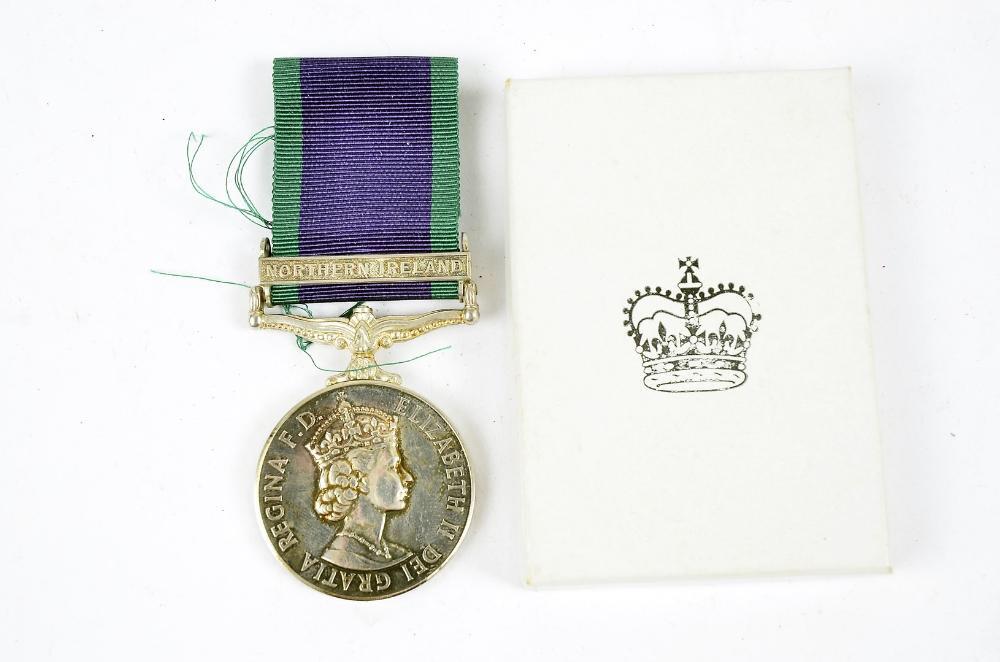

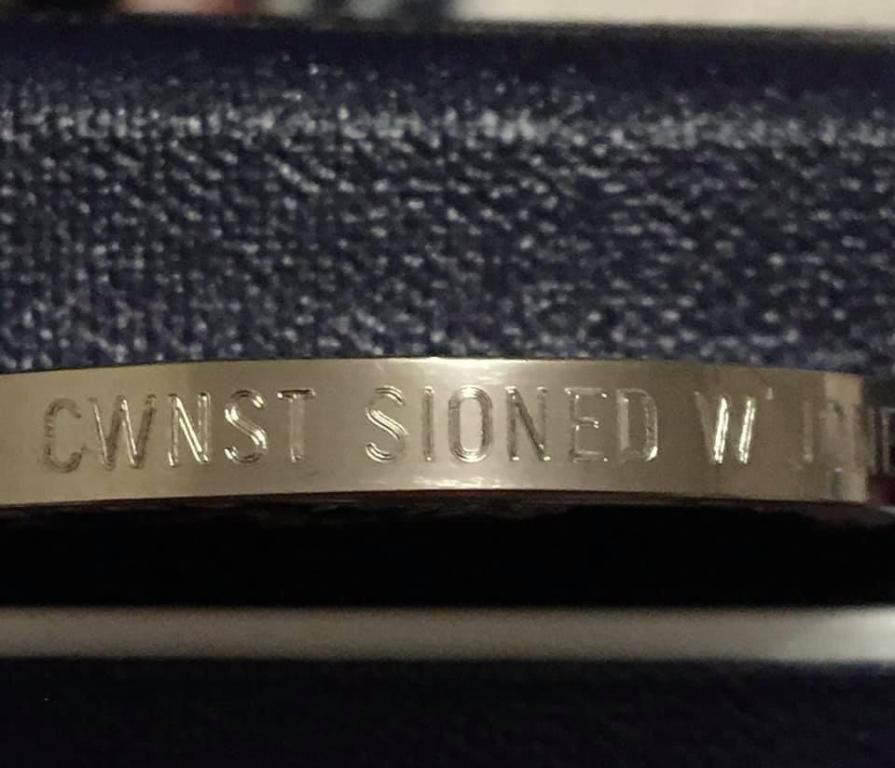

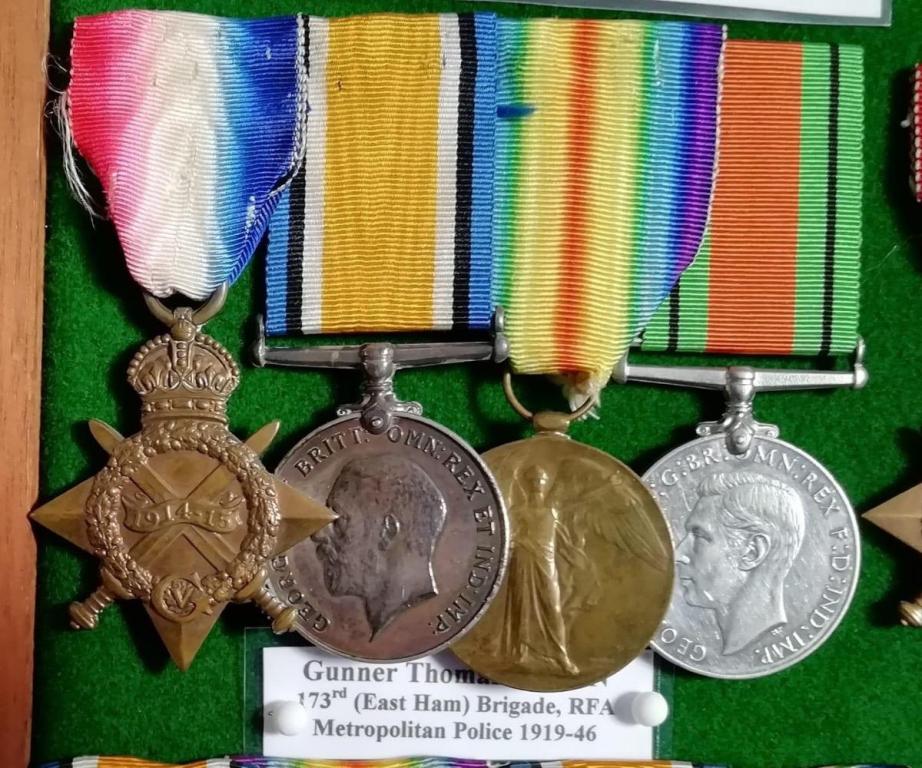
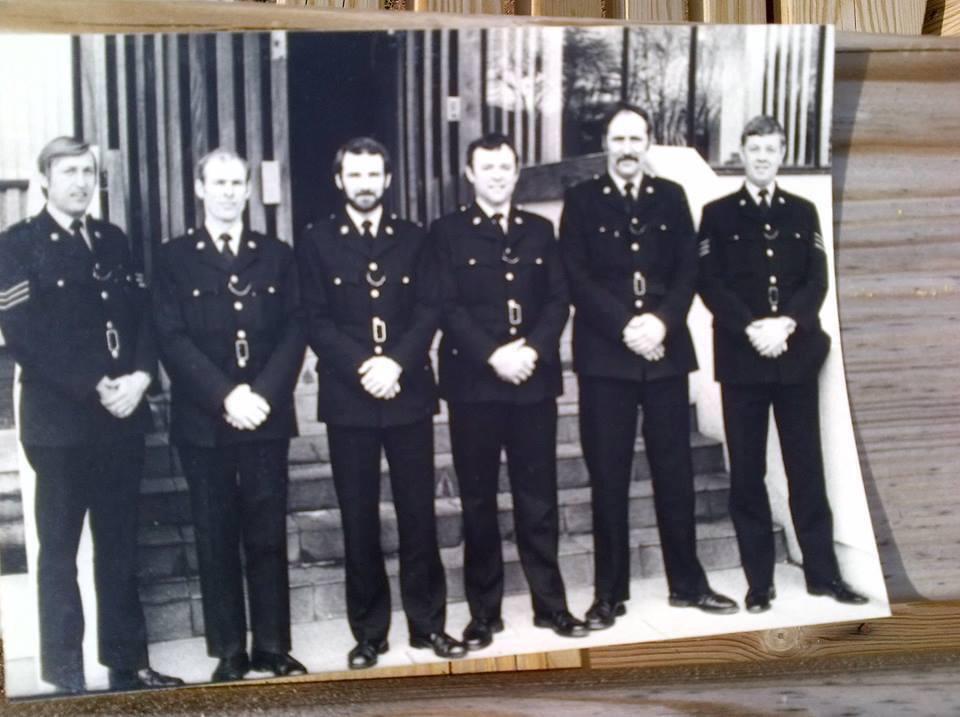



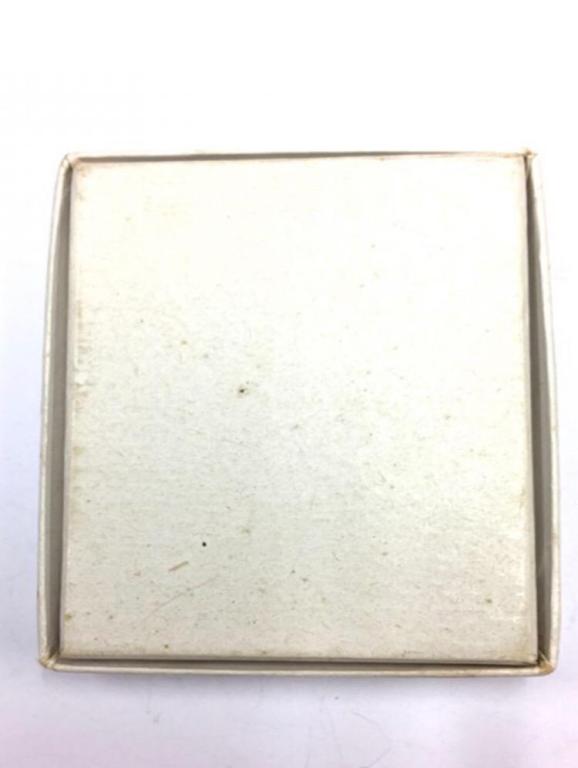

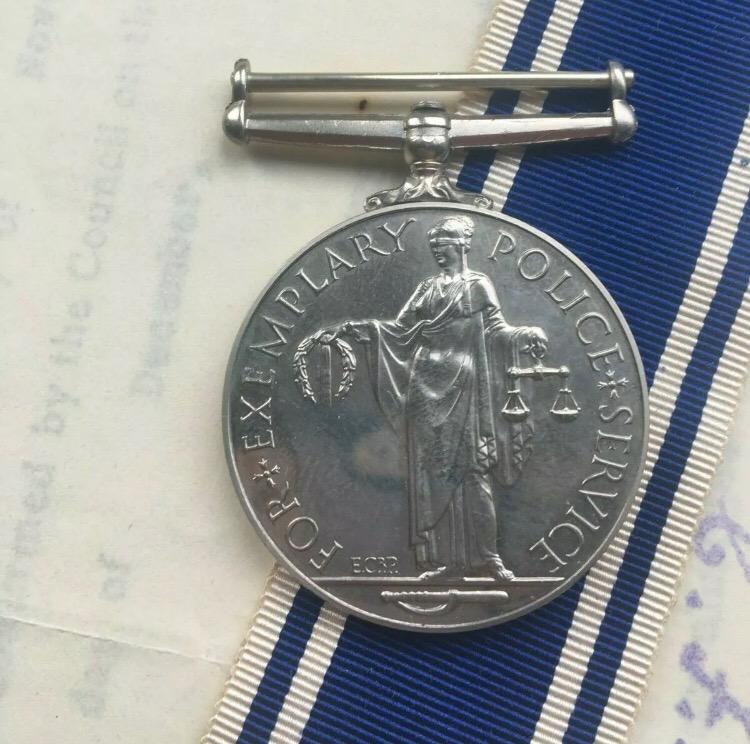
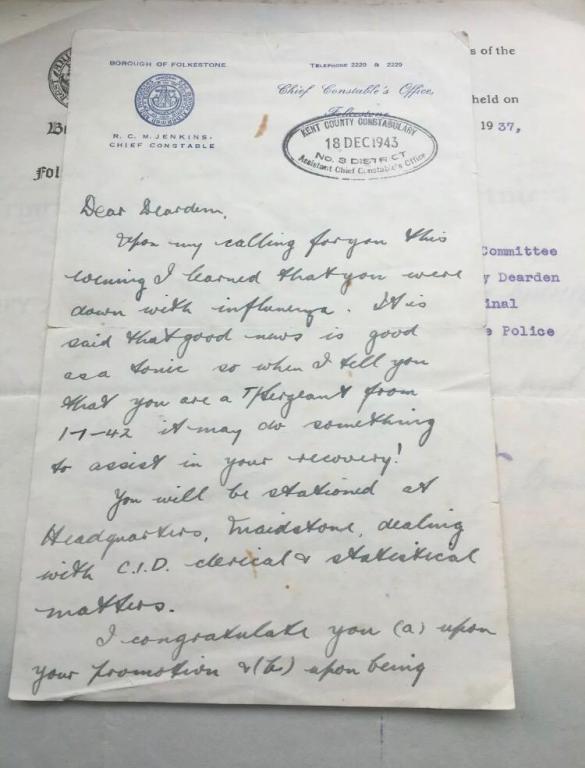

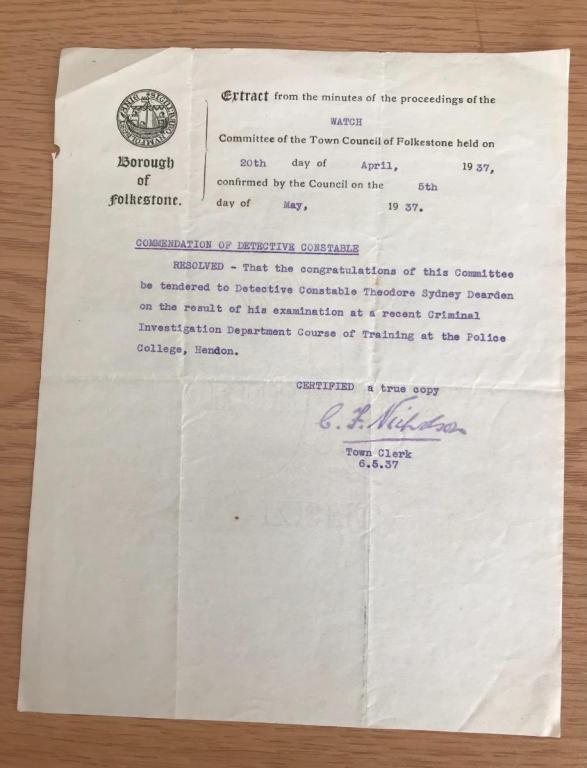
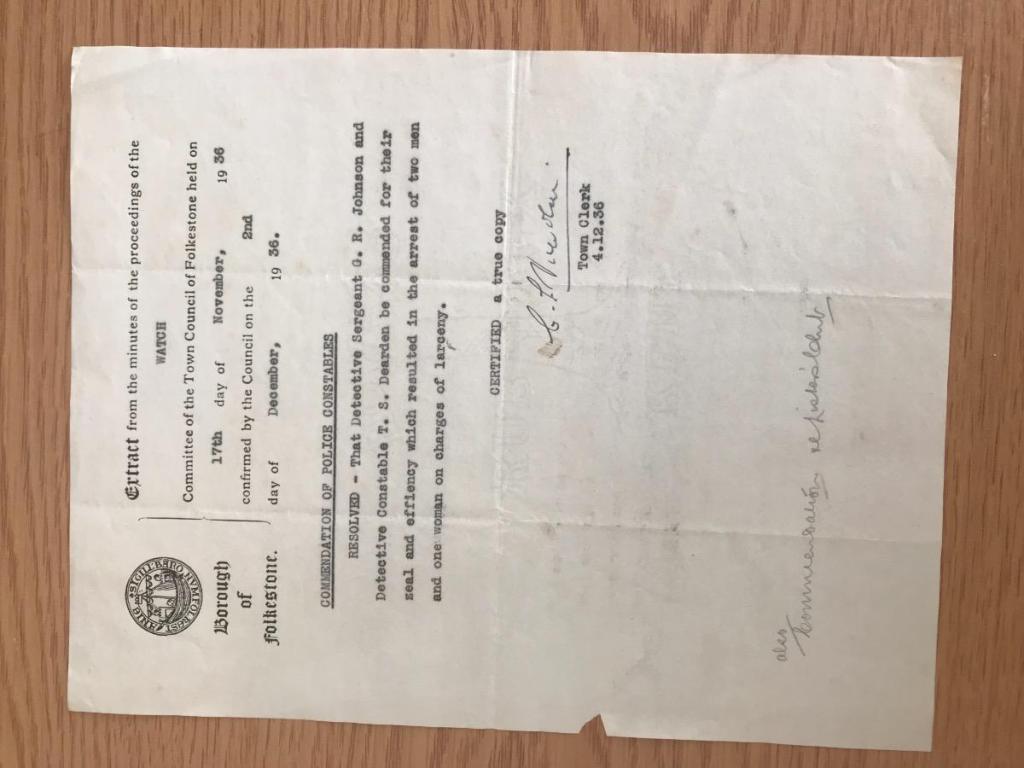
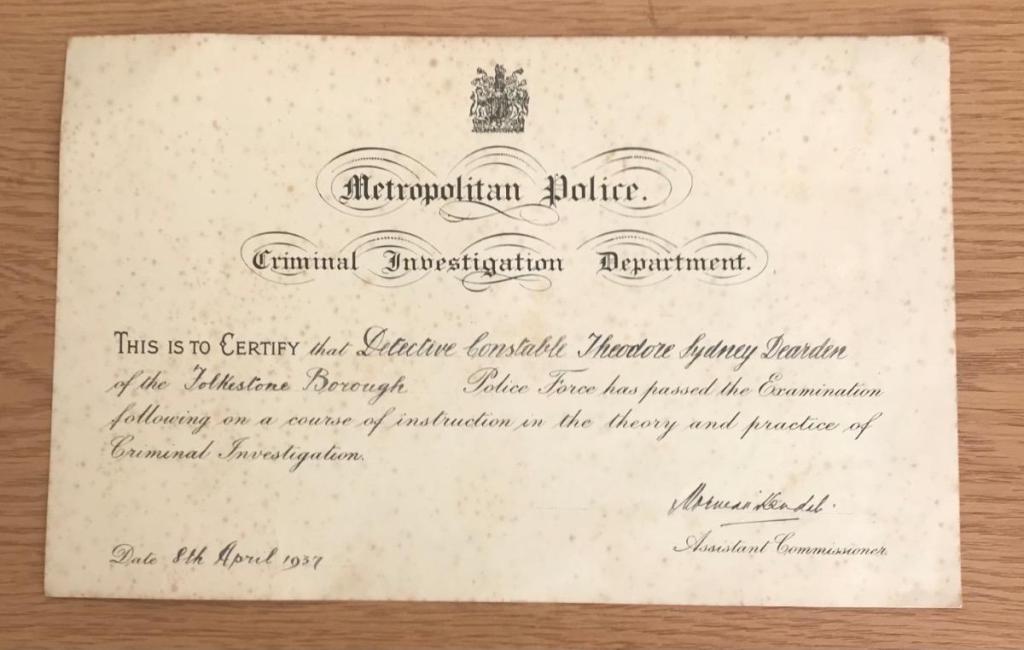

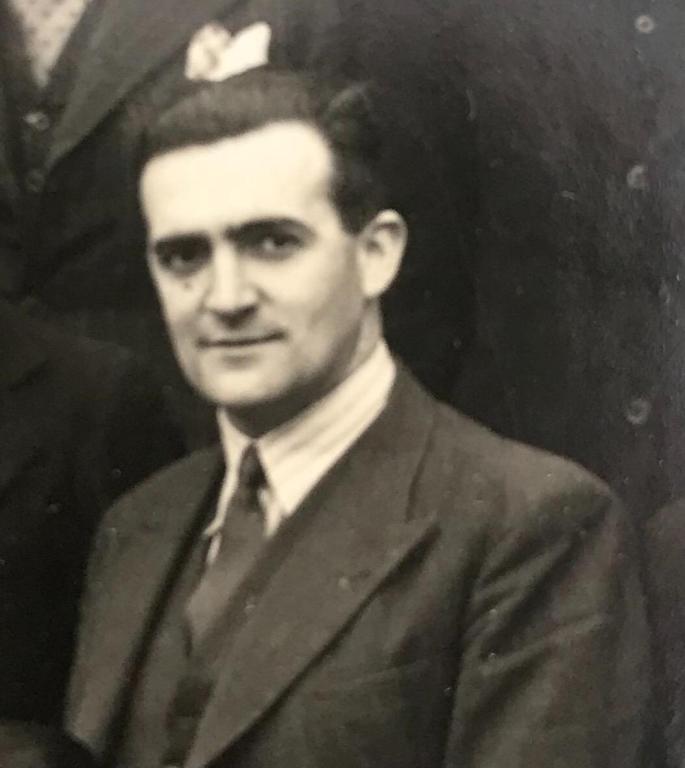

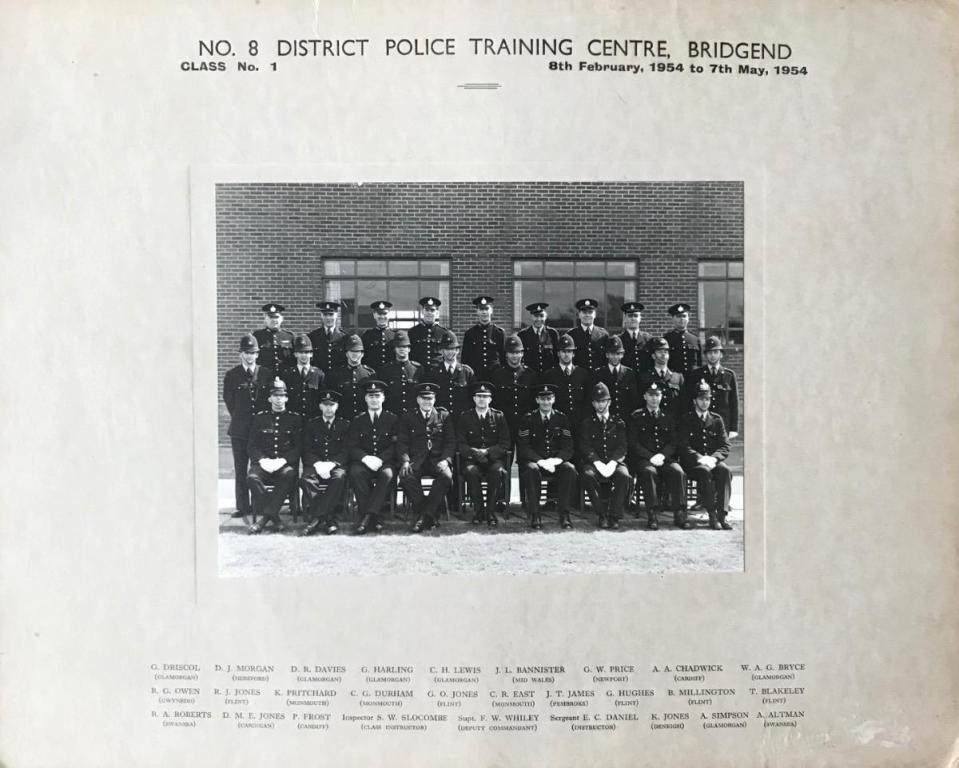
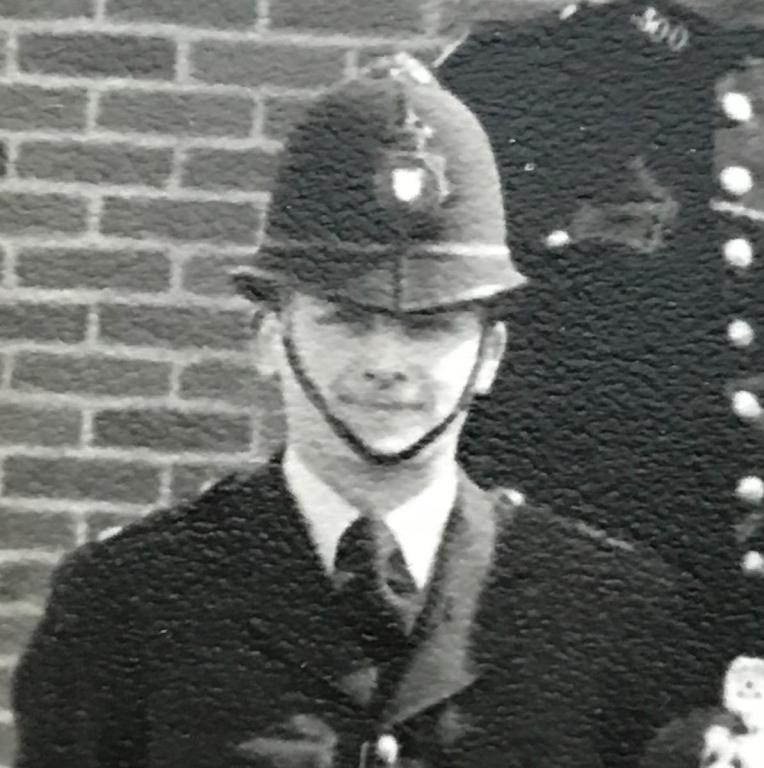
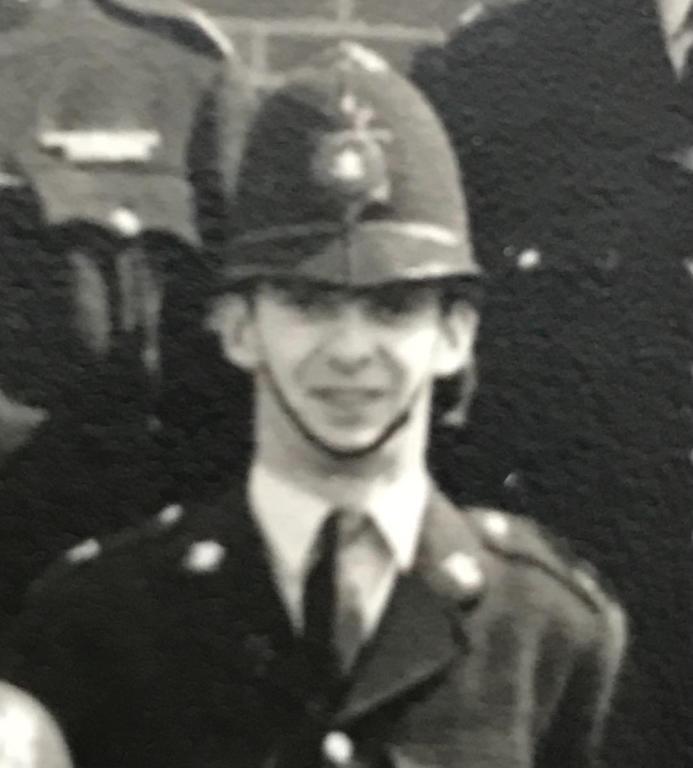
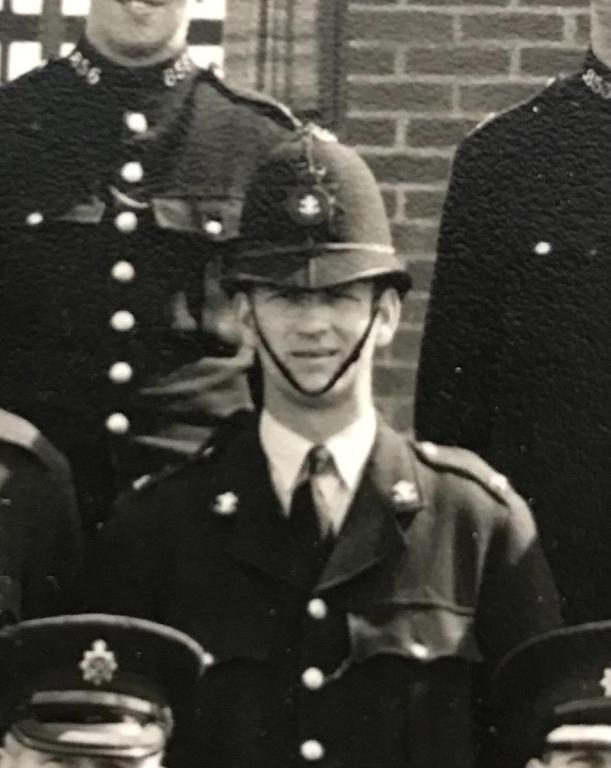
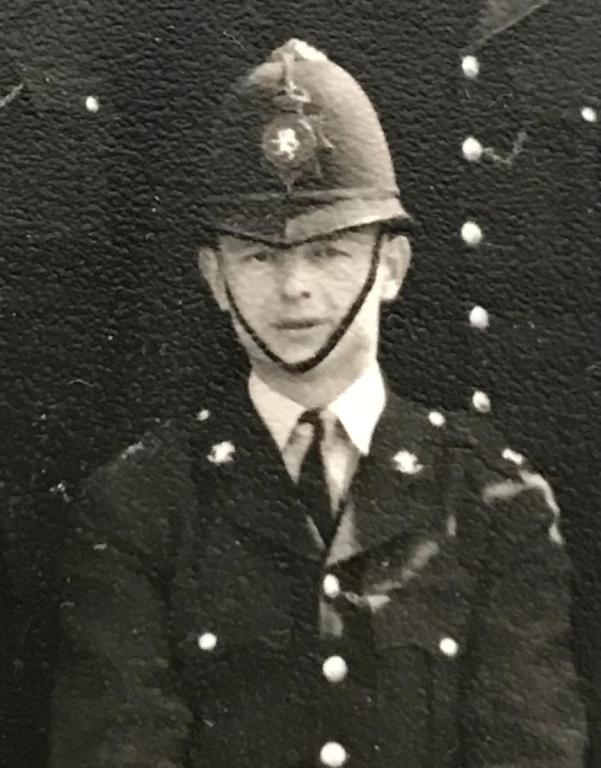
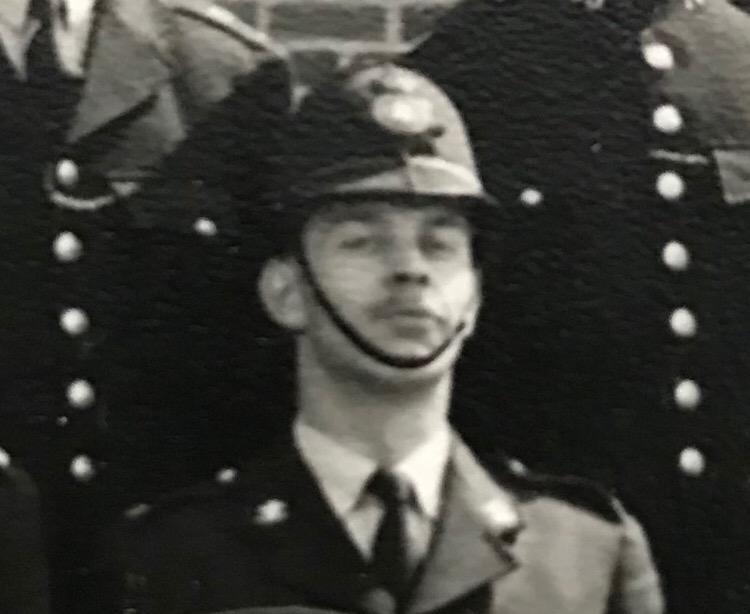





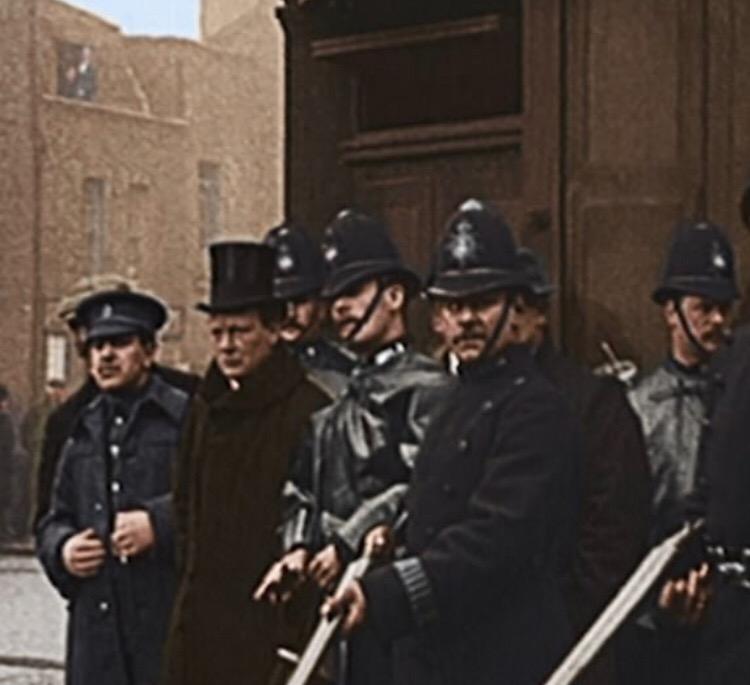
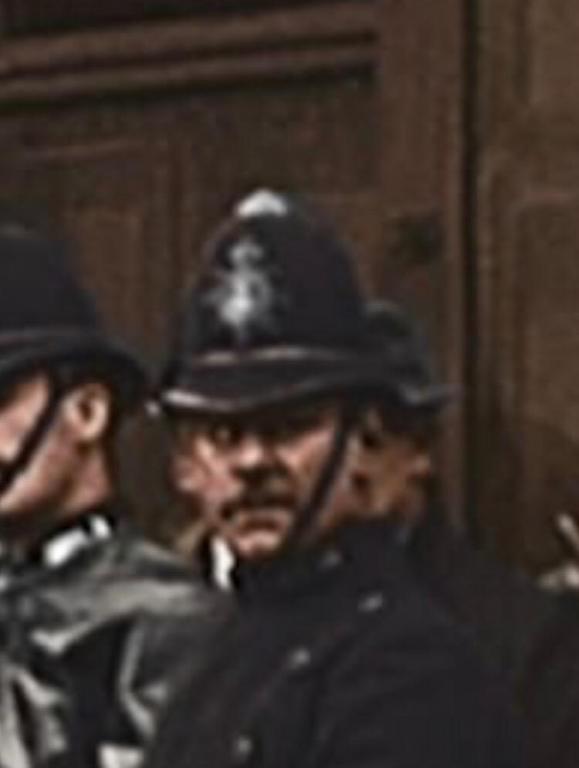

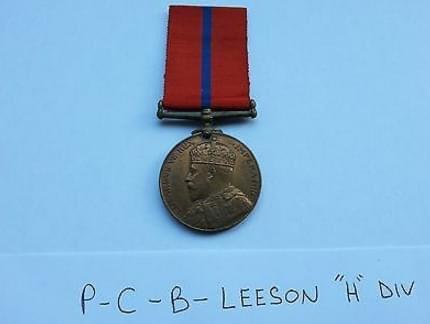


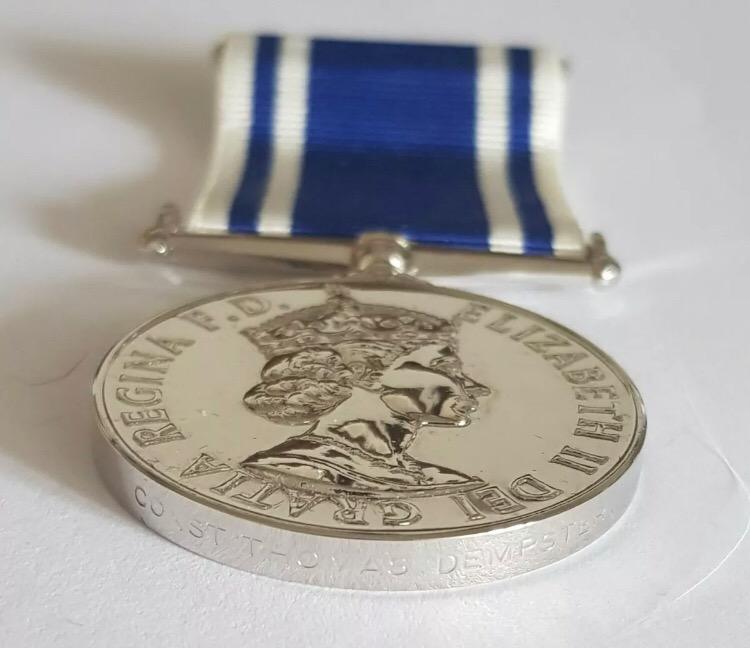
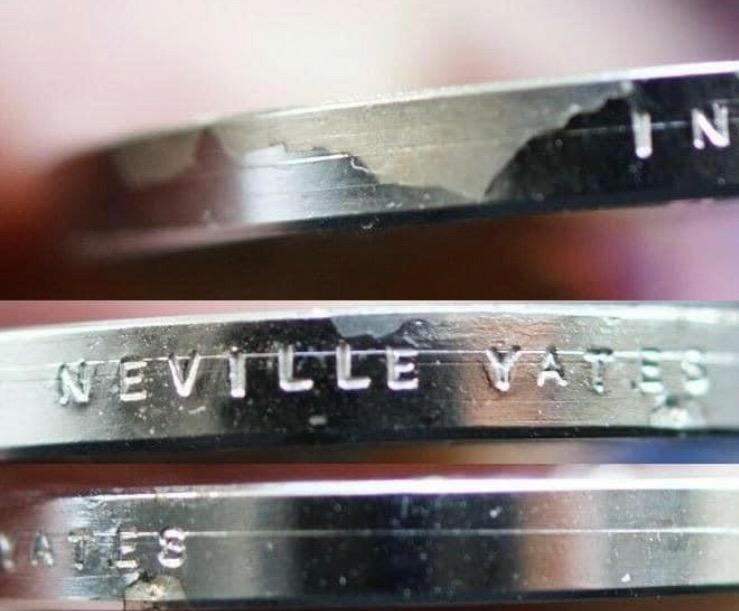
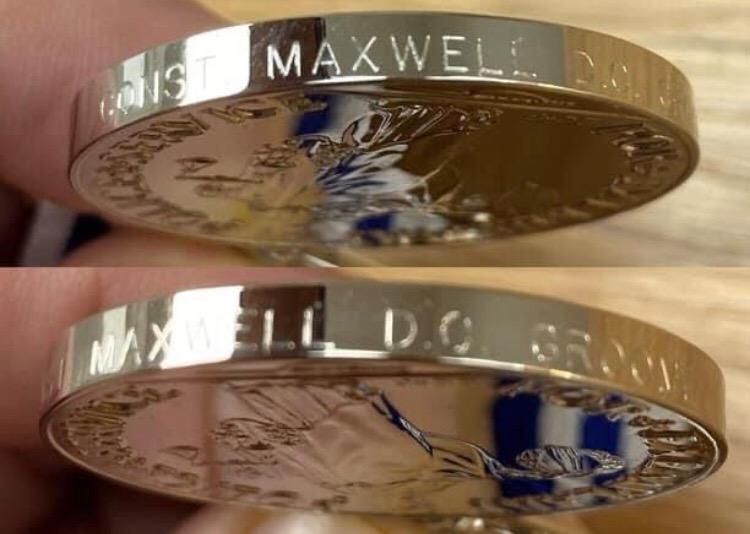
'Operation Banner.' The longest campaign in British military history
in Modern Campaigns and Conflicts
Posted
Am currently reading The RUC a force under fire by Chris Ryder.
On page 110, there is an interesting paragraph, that I’d never considered before. I wonder why it was dismissed and why the default setting was to send the army?
On the 8 August (1969) a meeting took place between Chichester-Clark and James Callaghan, about the worsening situation in Northern Ireland. It was said that there was no question of British police being loaned to Ulster.